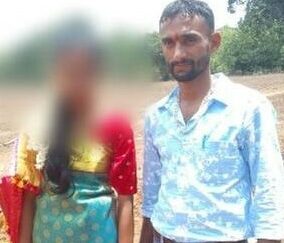
By P.T. Bopanna
The recent beheading of a Kodagu girl has exposed fault lines in the Kodava (Coorg) community in Karnataka.
Udiyanda Meena, aged 16 years, a student of Surlabbi school in Somwarpet taluk was beheaded by Monnanda Prakash (32 years) after the girl’s family decided to solemnize their marriage only after the girl completed 18 years which enraged Prakash.
Though Kodavas (Coorgs) are considered one of the most highly educated communities in India, there are still Kodavas living in primitive conditions in the areas bordering Somwarpet and Madikeri taluks. The area is known as 7 Naad which consists of the villages of Garvale, Suralabbi, Mutlu, Kumbara Gadige, Kikralli, Munkia and Hammiyala.
These villages are located in mountainous area with thick forest cover without proper roads. Because of lack of communication with the outside world, Kodava customs are practiced in its pristine form in these villages. Except for a few outsiders, the majority of the inhabitants of these villages are Kodavas.
The villagers in the area blamed former BJP MLA Appachu Ranjan for lack of development. Appachu Ranjan had represented these villages as part of Madikeri/Somwarpet assembly constituency for over 20 years.
There are hardly any schools in the area. Meena, who was beheaded was the lone student in the SSLC class.
Earlier, the inhabitants survived by growing paddy. Since the price became non-remunerative, paddy cultivation was stopped. Due to the climatic condition in the area, coffee cultivation was not encouraging.
Due to poverty and lack of education, the menfolk migrated to cities like Mysuru and Bengaluru where they got jobs as security guards. Since Kodavas are exempted from the Indian Arms Act and allowed to carry guns, the menfolk were able to find employment as guards.
Boverianda Nanjamma and Chinnappa, researchers who travelled in the 7-Naad areas, had told this reporter that during their field-visits there to study ainmanes (ancestral homes), they found that Kodava customs, traditional songs and dances have been well preserved there for generations.
“Being a remote area up in the hills, with relatively less access to civic amenities and means of communication, it was not affected much by modern influences. And that perhaps explains why the culture practiced here was not diluted over the years, as compared to that in other regions of Kodagu.
“At Surlabhi, we came across a site with more than 100 beera kall, in a high plateau, which is their Puthari oor mand. The beera kall stones were kept in honour of their own people who died in the wars – one stone per okka from which a man died. These stones and the nearly 500 swords (bal kathi) used in the wars are worshipped during Kail Polud. They also hold these swords when they dance at the Kethrappa and Kalathamme temple festivals. Once in 12 years they have a big festival when the stones are worshipped.”
It is time the Kodava community woke up to the situation and raise resources to help the less fortunate Kodavas who live in primitive conditions. The government should step in to build infrastructure to develop the economic condition of these inhabitants who live in remote areas.
The only way Kodavas can atone for the tragic beheading of Meena is to make her village a model one. It is time the Kodava community woke up to the challenge and work towards the betterment of the living standards of these fellow Kodavas who have maintained Kodava culture in its pristine form.

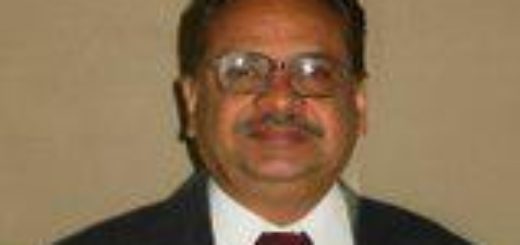
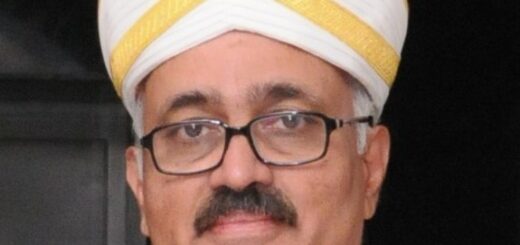
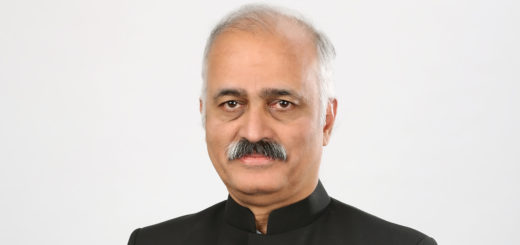

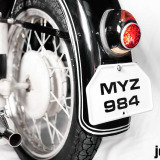
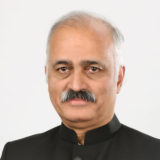

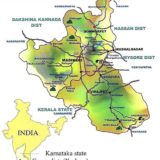
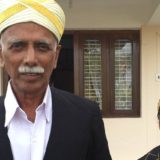
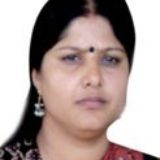
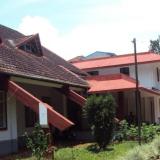
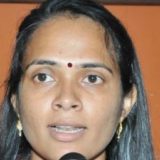
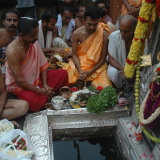



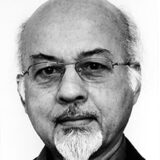
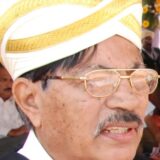
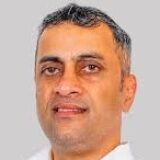

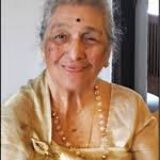

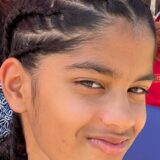

Well articulated. Totally endorse writer’s views and suggestions
If development comes there, then these North Kodavas will also become like some of their cousins in the south(money minded, fake pride, pompous attitude, crazing for scotch and more sanskritized). Their isolation is what has kept the pristine Kodava Culture intact with them.
One incident does not represent the mindset of all the Kodavas in those parts of the North.